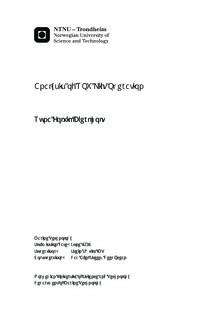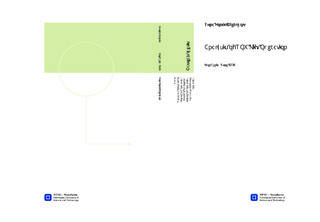| dc.description.abstract | As a service company performing subsea operations, DeepOcean wishes to operate in the widest range of sea conditions. The majority of all offshore operations are performed using remotely operated vehicles (ROVs), where lifting through the splash zone is considered the most critical phase during launching and recovery of the ROV system. Available standards from DNV propose a systematic and analytical approach for estimating the hydrodynamic loads occurring in the splash zone. A maximum operational significant wave height, Hs, is determined using a proposed acceptance criteria. Experience from the industry have shown that the method is unreasonable conservative, consequently leading to a restrictive operational Hs window.The main objective of this master thesis is to compare results obtained from the analytical calculations with results obtained from the time domain simulation programs; Simulation of Marine Operations (SIMO) and OrcaFlex. The operational limit established in the time domain programs is based on the assumption that the maximum relative velocity between the crane tip and the waves represent a worst case scenario and that a slack lifting wire is not acceptable. This is due to the uncertainties associated with snap loading after a slack lifting wire. Three different ROV models have been established, two in OrcaFlex and one in SIMO. A sensitivity study regarding the hydrodynamic coefficients for the ROV models is also performed.The three different ROV models show different dependency of the added mass and drag term. The overall trend for the ROV systems is that the added mass dependency is reduced for the structures modelled with multiple elements, while the drag dependency is increased.The Simplified Method is certainly conservative compared to time domain simulations performed in SIMO and OrcaFlex. The present operational sea state of Hs = 4.5 m is rejected by the Simplified Method. If the operation is to be performed independent of a Tz value, an operational Hs of 0.75 m is acceptable according to the analytical calculations. From the time domain analyses in SIMO and OrcaFlex, the current operational sea state of Hs = 4.5 m could be justified if a limiting Tz is given. For launching this limiting value is 9 s, while for recovery of the ROV system the limiting Tz value is 8 s. The operational limit should not only be set by a Hs value, but also a Tz due to the large dependency of the wave period for lifting though the splash zone. Simulating the ROV lift operation in a time domain simulation program has proven to be a good alternative compared to the Simplified Method. | nb_NO |

